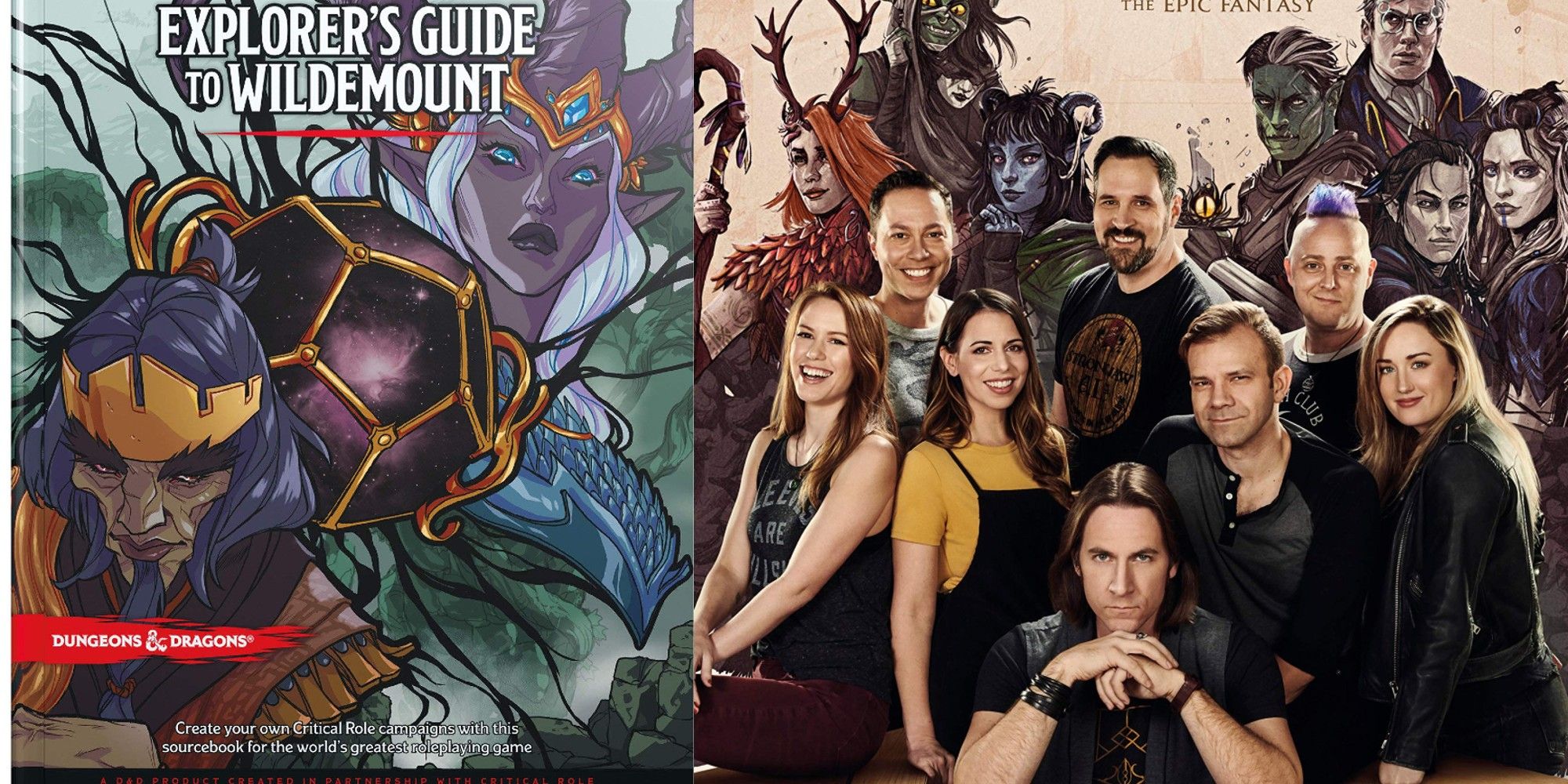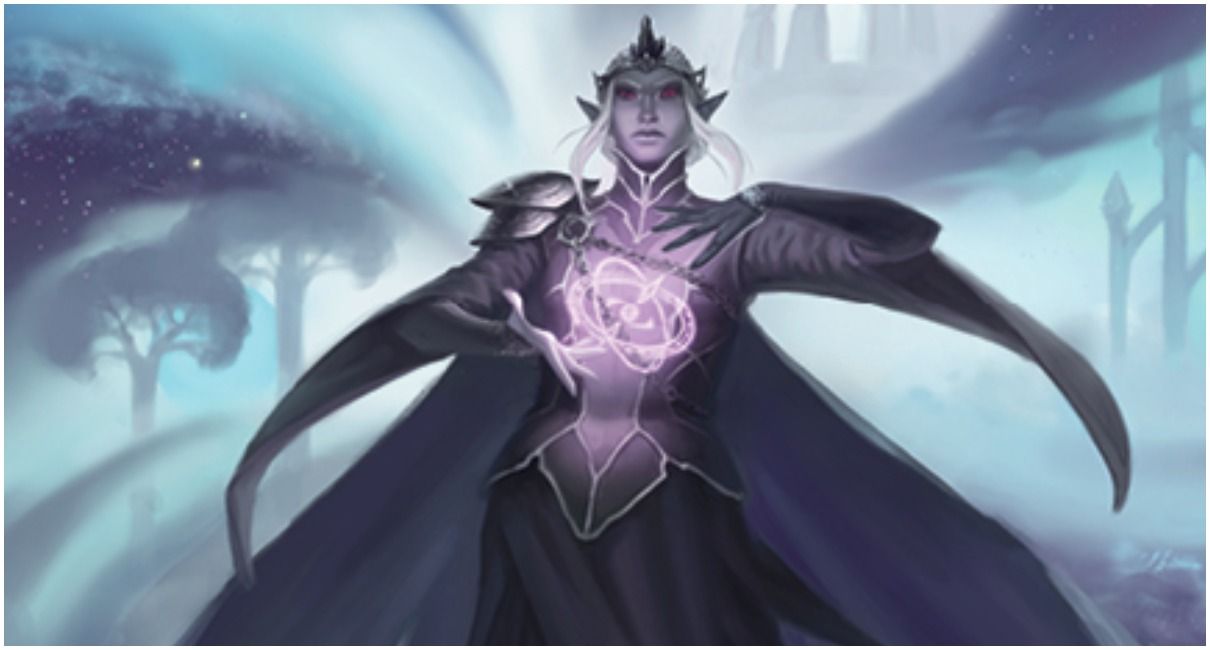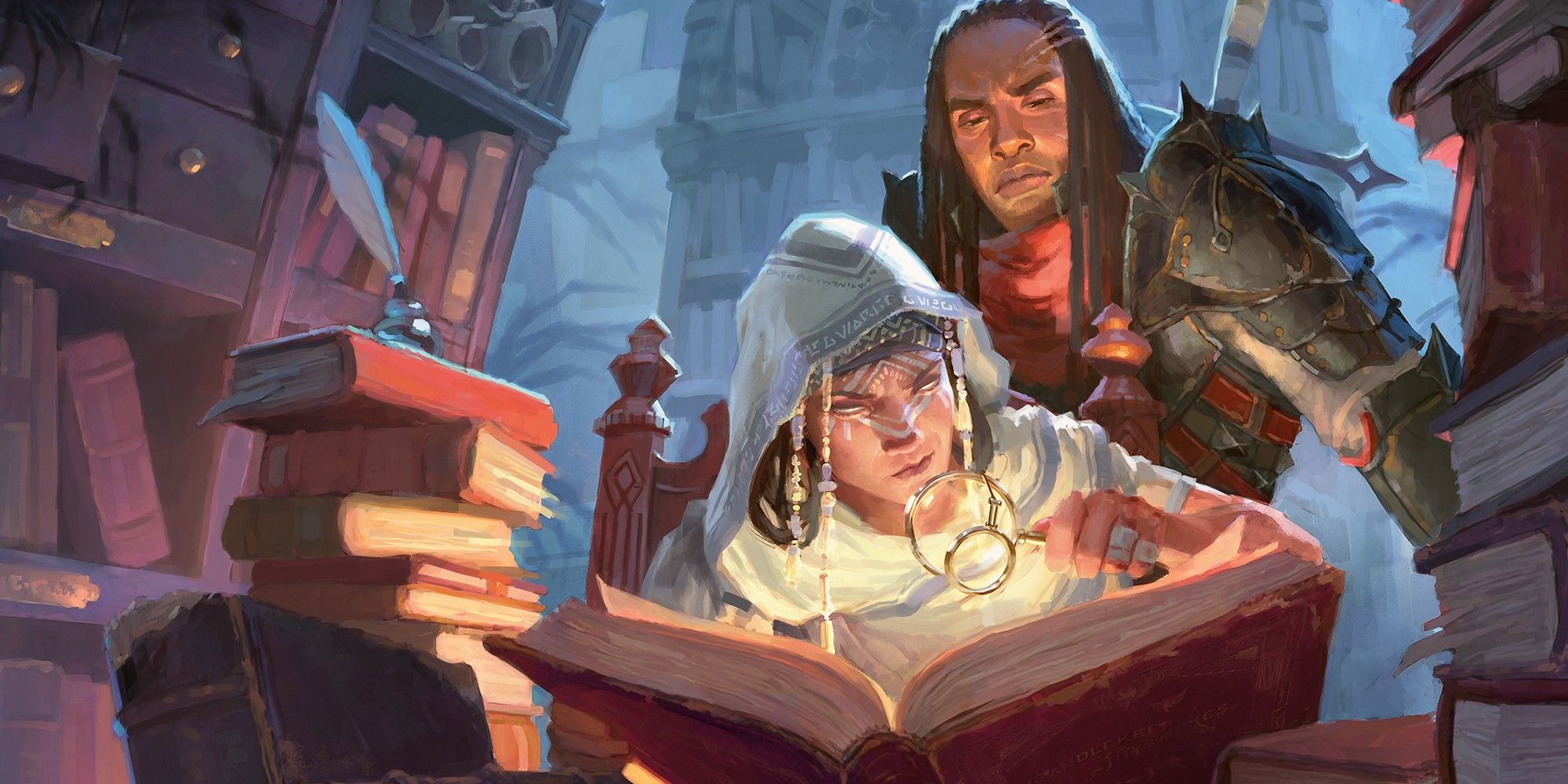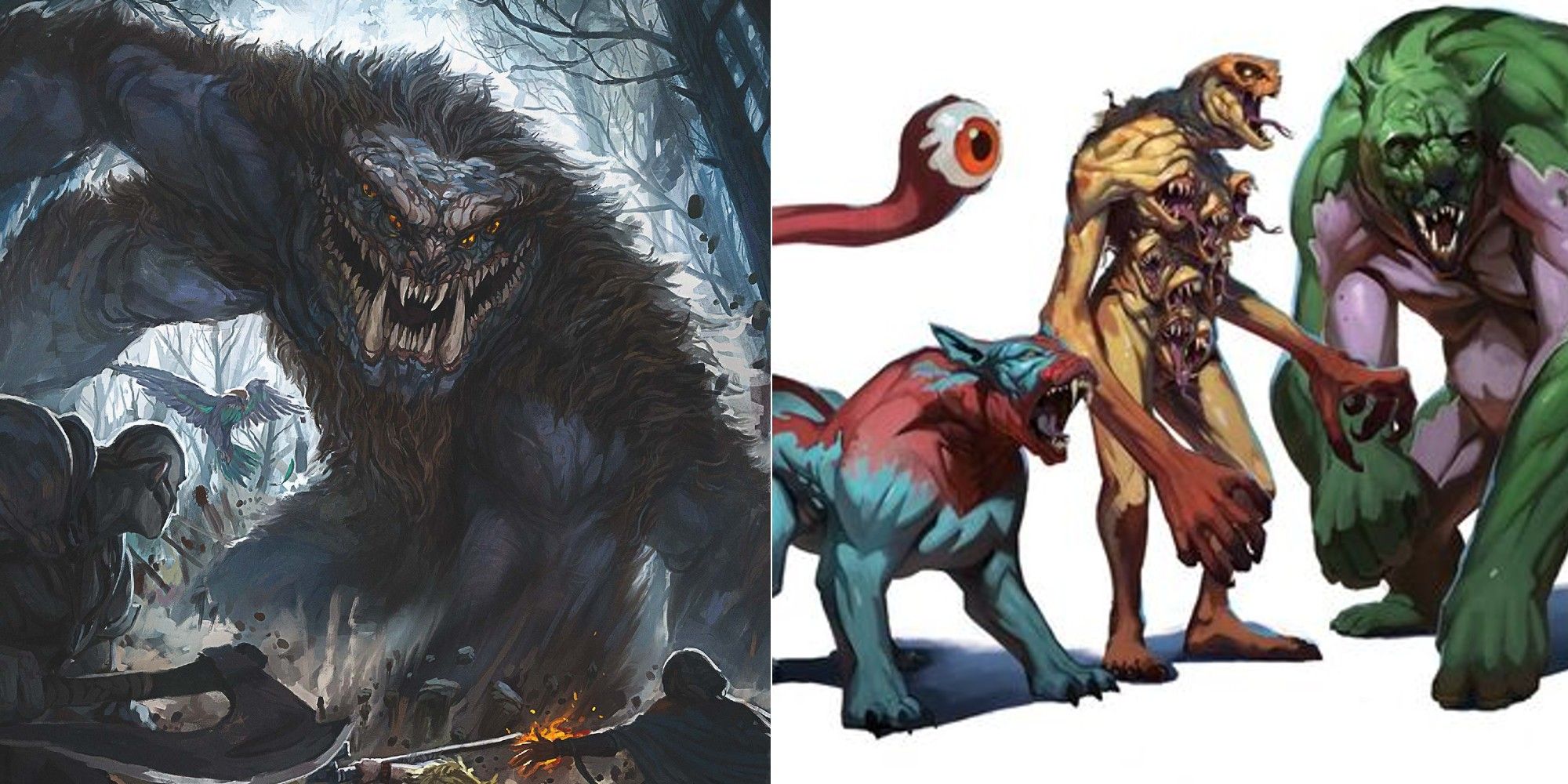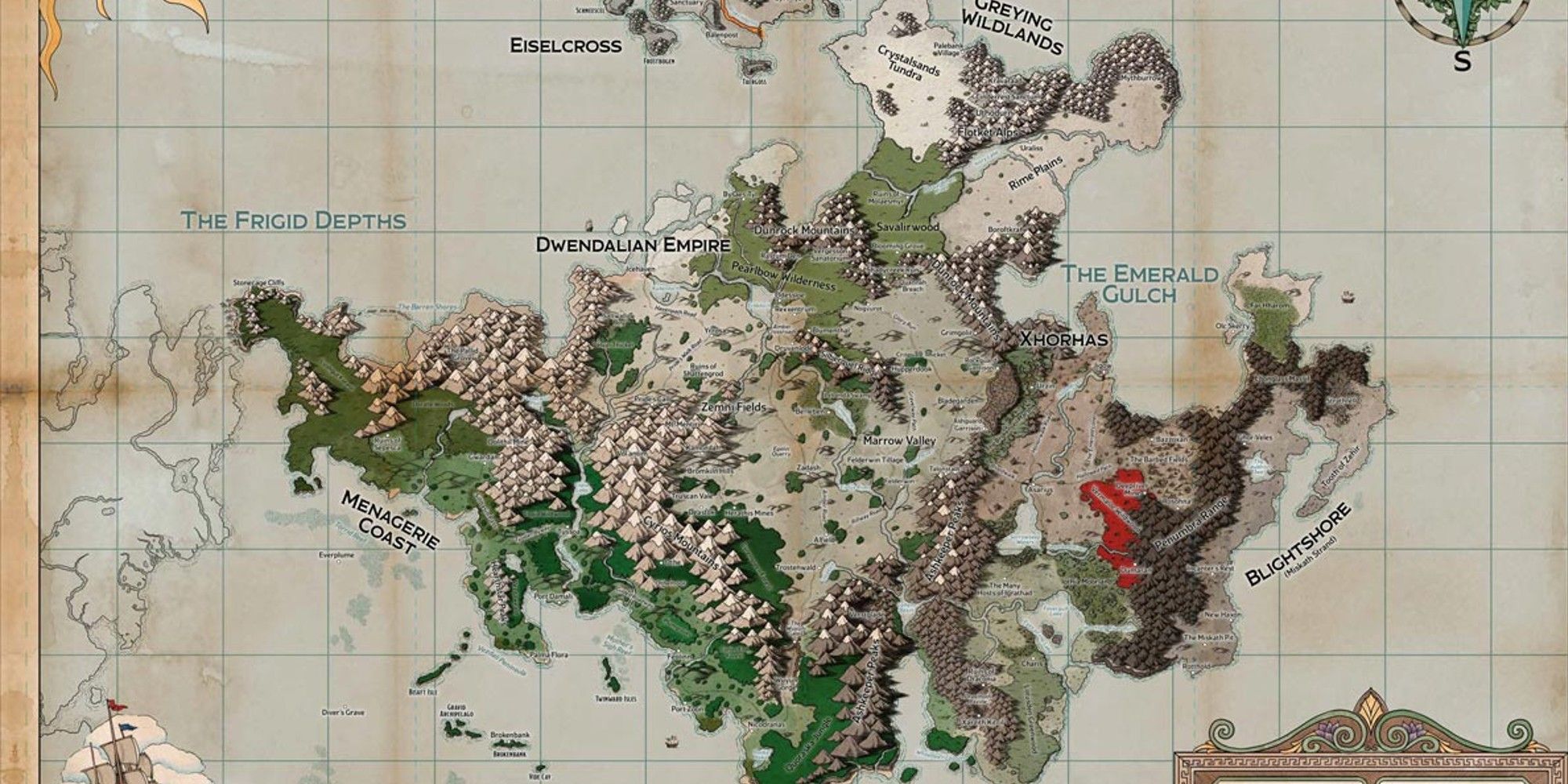It's incredible that what had started as a gathering of "nerdy-ass voice actors'' playing Dungeons and Dragons has evolved in such a way. Critical Role is often considered the point of resurgence in Dungeons and Dragons’ popularity and it's hard to disagree with the community behind it. While the group already had a book published back in 2017, Tal'Dorei Campaign Setting, Explorer's Guide To Wildemount is different because the parent company of Dungeons and Dragons, Wizards of the Coast, published it.
It's one thing to be recognized and acknowledged by fans, but for the company itself to reach out in order to collaborate on a new source book using your own homebrew material is another thing entirely. This book is the culmination of years of Matthew Mercer's blood, sweat, and tears as the world he has crafted has become legitimized within the Dungeons and Dragons’ multiverse. With its inclusion, the world of Exandria brings with it a multitude of unique lore, cities, monsters, and magic for all to enjoy.
5 An Introduction To Dunamancy
One of the main draws of this new source book was its promise of a new type of magic. Dunamancy, as it is explained, is a field of magic that deals with the understanding of the raw power of fate and probability and manipulating them. Time, space, probability, potentiality, gravity, the very laws of reality can be both explained and warped through dunamancy.
There are pre-existing spells that could be classified as dunamancy, but they are few and rather vague. Not only does this book introduce more spells to manipulate time and space, but there is also a better understanding of where they come from. With the inclusion of dunamancy, physics becomes a part of magic and it gives this brand of magic a source. Suddenly, spells like haste or slow, aren't just effects that can be inflicted, but are manipulations of reality, at least on a small scale.
4 New Subclasses Delve Into The New Field Of Magic
With its inclusion of the reality-bending magic of dunamancy, it was a given that there would be a class or two that would learn to manipulate this new form of magic. While it comes as no surprise that the wizard would gain access to these new magicks, it was a surprise that there were two subclasses to break up this new branch of magic and a new fighter subclass.
Chronurgy
Out of the two schools that delve into the mysteries of dunamancy, wizards of the chronurgy school focus on the aspect of reality. Along with the typical wizard abilities, students of this school gain five additional abilities that utilize their time manipulation magic. These abilities include one that essentially grants you two luck die, an increase to ability scores equal to your Intelligence modifier, the ability to freeze a target in time, the ability to freeze a spell and use it at a later time, and the ability to immediately succeed on an ability check, saving throw, or an attack roll.
Graviturgy
On the other side, the school of graviturgy studies the forces of magic that bind and repel matter. With their own understanding of dunamancy, wizards of this school have learned to manipulate the force of gravity to devastating effect. They can increase or reduce the weight of an object or creature, reducing or increasing the affected target's speed respectively, move a target after they have been hit by a spell, increase the damage done by a weapon attack or by falling, and reduce a creature's speed to zero while simultaneously crushing them.
Echo Knight
Most surprisingly, the fighter has also delved within the depths of dunamancy. While they don't have the formal training that the two wizard schools have, these types of fighters manipulate their own unrealized timeline. These types of warriors are capable of summoning echoes of themselves, shadows of what they could be or what they could have been, to aid them in combat. These echoes are capable of making their own attacks, sharing their senses with their summoners in a manner akin to Familiars, swapping places with their summoners to save them from an attack, and healing their summoner when they are destroyed.
3 New Subraces To Add Flavor To The Game
Along with including several old player races, reskinned to fit the setting, this source book also introduces some "new blood" within the gene pool. The elf, halfling, and dragonborn races are all granted new subclass options and lore in order to diversify the races and give interesting story plotlines for players.
Pallid Elf
Pallid elves get their name from their time underground hiding from the Crawling King. They have only recently resurfaced and, as such, they possess a rather childlike wonder as they travel through the world. They are very similar to the wood elf subrace with their boost to Wisdom, but differ in their unique abilities. They have Incisive Sense, an ability that grants advantage on Investigation and Insight checks, and Blessing of the Moon Weaver which gives them access to the light, sleep, and invisibility spells.
Lotusden Halfling
Unlike the other subraces, the lotusden halfling is more nature-inclined as they have adapted to live within the chaos of the wild. This comes into play with their abilities, Child of the Wood and Timberwalk. The former grants the druidcraft, entangle, and spike growth spells, and the latter gives disadvantage on those tracking a lotusden halfling and the ability to traverse non-magical difficult terrain without impediment. They possess the typical ability score improvement as other halflings along with a boost in Wisdom.
Draconblood Dragonborn
This tail possessing subspecies of dragonborn is far more imperialistic than the others. Upon their arrival, they quickly assumed a position of power and enslaved their ravenite kin, becoming the ruling class of the city of Draconia. They have the same physical characteristics as other dragonborn, such as their breath weapons, but have ability score increases in Intelligence rather than Strength and no resistance to their element. They also have an ability called Forceful Presence that grants advantage on Intimidation and Persuasion checks.
Ravenite Dragonborn
The tailless yet hearty subspecies of dragonborn spent many years as slaves to the draconblood. It was only after the destruction of Draconia that the ravenite were able to break free from their bonds and chase out the draconblood. Like the traditional dragonborn, they don't have tails and, like the draconblood, they don't have resistance to their element. They also gain increases in Strength and Constitution along with the ability Vengeful Assault, which allows a ravenite to use their reaction to make a weapon attack when dealt damage.
2 New Monsters To Add To The Bestiary
Along with its new playable races, Explorer's Guide to Wildemount also includes its fair share of monsters for players to encounter. While it only adds 23 monsters to Dungeons and Dragons’ already immense repertoire, each creature in this source book is so well sculpted and crafted that they each stand out in their own way.
It's clear that a lot of time and effort went into creating these creatures. The core spawn, Aeorian hunters, nullifiers, reversers, and the gloomstalkers, each creature that this book adds fits perfectly within the narrative of Dungeons and Dragons. Each can be used in a myriad of ways and, with their distinctive skills and abilities, they become simple cannon fodder to the players.
1 The Kingdoms Of Wildemount Are More Than They Appear
Within the now canon world of Exandria, the continent of Wildemount is primarily split into two major kingdoms. The Dwendalian Empire, a human-run monarchy, and the Kryn Dynasty, home to more of the monstrous and "evil" races of the world. Looking at the two opposing kingdoms, they seem rather black and white, but there is depth to both.
The Empire is more religiously strict and confined with only a handful of deities that can be legally worshipped and a ban on any type of necromancy. On the other side, the Dynasty is freer, both politically and culturally. They accept anyone and everyone while the Empire is restrictive and nearly inaccessible to outsiders. It's an interesting dichotomy as it showcases that the "evil" races are more than they appear and the humans aren't quite as welcoming as a "holy kingdom" would lead others to believe.

